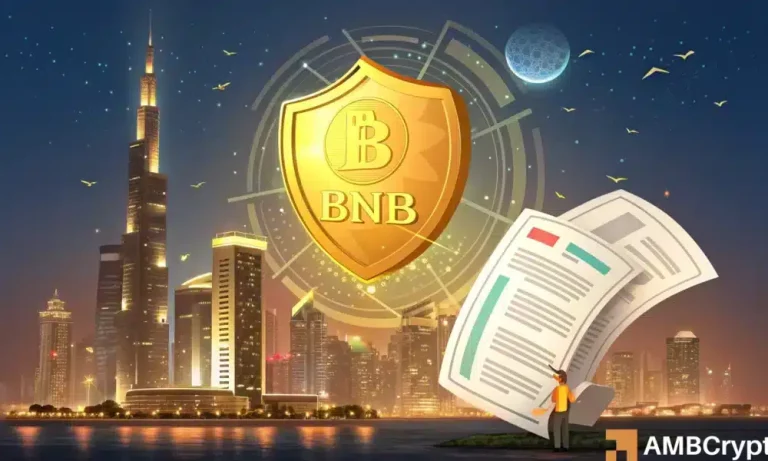
Traveling Through Time: How Europe’s Historical Heritage Shapes Modern Lifestyles in 2025
Traveling Through Time: How Europe’s Historical Heritage Shapes Modern Lifestyles in 2025. Europe, a continent steeped in history and tradition, has long been a haven for travelers seeking to experience the rich cultural heritage that permeates every aspect of modern life. From the snow-capped Alps to the sun-kissed Mediterranean beaches, Europe’s diverse landscapes, architecture, and customs have been shaped by centuries of historical events, empires rising and falling, and the blending of cultures. As we journey through Europe in 2025, it becomes evident that the continent’s historical heritage plays a profound role in shaping modern lifestyles, influencing everything from the way people live, work, and interact with one another.
The Architectural Legacy of Europe
One of the most visible manifestations of Europe’s historical heritage is its architectural landscape. The continent is dotted with landmarks that testify to the genius and craftsmanship of bygone eras. The Colosseum in Rome, the Eiffel Tower in Paris, and Big Ben in London are just a few examples of structures that have become synonymous with European culture and identity. These architectural marvels not only attract millions of tourists each year but also serve as a reminder of the historical events and civilizations that have contributed to the modern European experience.
In 2025, the trend of preserving and repurposing historical buildings continues, with many cities incorporating ancient structures into modern developments. This blend of old and new is particularly evident in cities like Barcelona, where Antoni Gaudí’s Sagrada Família stands as a testament to the innovative spirit of the past, while also embodying the forward-thinking ethos of the present. Such architectural legacies not only enrich the aesthetic appeal of European cities but also contribute to a sense of continuity and shared history among their inhabitants.
Culinary Traditions: A Taste of History
Beyond the visual and spatial aspects of European culture, the continent’s historical heritage is also deeply intertwined with its culinary traditions. The diversity of European cuisine, from the pasta dishes of Italy and the tapas of Spain to the fine dining of France and the hearty beers of Germany, reflects the complex tapestry of cultural exchange and historical influence that has characterized the continent’s past. Each dish, each ingredient, and each cooking technique tells a story of how different cultures have interacted, borrowed from, and influenced one another over time.
In 2025, the appreciation for traditional cuisine has evolved, with a focus on sustainability, local sourcing, and the preservation of culinary heritage. Restaurants and cafes across Europe are rediscovering and reinventing historical recipes, using modern techniques and ingredients while maintaining the essence of traditional flavors. This culinary journey through time allows individuals to experience the depth and richness of European culture, savoring not just meals, but moments of history and connection to the land and its people.
Modern Lifestyles: The Echoes of History
The influence of Europe’s historical heritage on modern lifestyles extends far beyond architecture and cuisine. The way Europeans live, work, and interact with one another is subtly yet profoundly shaped by the continent’s past. For instance, the concept of the ‘siesta’ in Spain, the ‘apéritif’ in France, and the ‘afternoon tea’ in the UK are not just quaint customs but reflections of historical rhythms of life, influenced by factors such as climate, agricultural cycles, and social hierarchies.
In 2025, as the world grapples with challenges like sustainability, community building, and work-life balance, Europeans are looking to their historical heritage for solutions. The emphasis on community, seen in the traditional village festivals and markets, inspires modern initiatives in community building and local economy support. Similarly, the historical balance between work and leisure, as exemplified by the Italian concept of ‘dolce far niente’ (the sweetness of doing nothing), encourages a healthier approach to life, valuing not just productivity but also enjoyment, social connection, and personal fulfillment.
Conclusion: The Timeless Appeal of Europe’s Historical Heritage
Traveling through Europe in 2025 is not just about visiting historical sites or experiencing the charm of traditional cultures; it’s about witnessing how the past continues to shape the present. Europe’s historical heritage is a vibrant, living entity that pulsates through every aspect of modern life, from the grandeur of its architecture and the richness of its cuisine to the intricate social norms and lifestyles of its people. As the world becomes increasingly interconnected, the unique historical heritage of Europe stands as a powerful reminder of the importance of preserving our cultural identities, learning from our past, and embracing the diversity that makes us stronger and more resilient.






